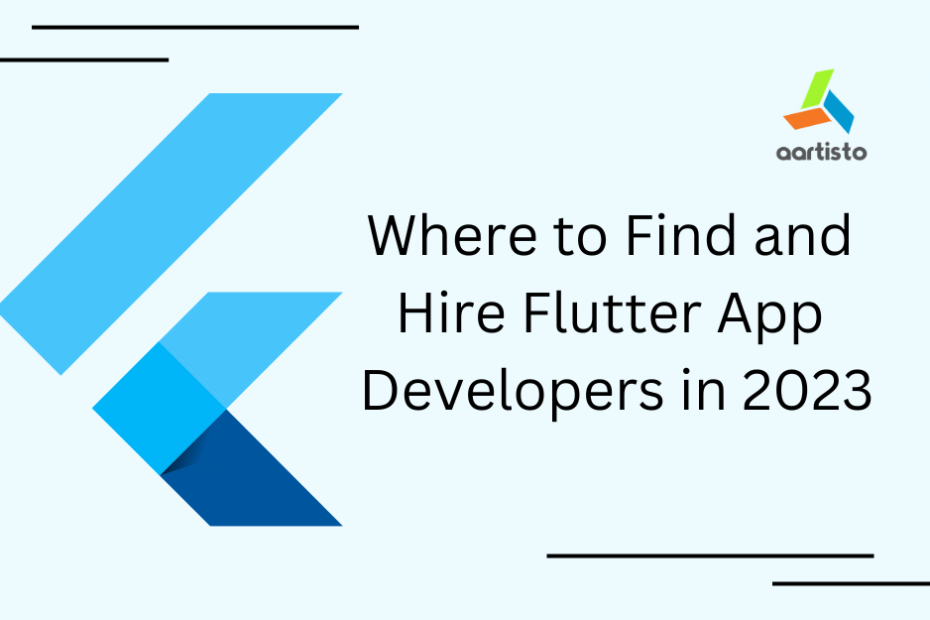What is the Flutter app?
Flutter app is an open-source user interface software development kit (SDK) for cross-platform application development. The term ‘cross-platform development’ refers to the construction of software that can run on different operating systems.
Flutter apps save money because technical teams don’t have to write separate codes for each OS. Additionally, Flutter has a layered architecture that speeds up rendering and development.
Advantages of the Flutter app
A single codebase to maintain
App development in Flutter is easier than in native languages. App development typically requires knowledge of Swift, Java, JavaScript, and the workings of app stores. But in Flutter, developers need to know one language: Dart.
Google created Dart as an alternative to JavaScript problems. Dart has powerful features in object-oriented programming languages. The language started gaining momentum in 2017 when Google announced Flutter for cross-platform mobile app development. Google thereby created the popular Google AdWords and Google Fiber.
Compatible with all screen sizes
Flutter app has some cool features that allow developers to build apps across multiple devices with the same code base, be it desktop, smartphone, tablet, or wearable.
Flexible layout system
Flutter has an easy-to-use and flexible layout system to create attractive interfaces. Developers face a common challenge when creating apps: how to create a layout that works for different screen sizes and aspect ratios.
Flutter uses widgets like rows, columns, stacks, and centers to make the layout compatible across all devices. This hierarchy lets you stack elements horizontally, vertically, and on top of each other. It helps to give them padding, center alignment, and edges.
Hot reloading feature
Running applications is one of the most difficult tasks when developing them. For example, on iOS, it takes 10 to 30 seconds to save the code, compile it, and see the output on the screen.
When you update the code and hit Save in Flutter, the user interface changes instantly. Flutter has a unique way of designing the user interface, similar to having a refresh button on a website. The hot reload feature can quickly change the app color, design, or button. Additionally, debugging, updating, and code maintenance all happen in one place in Flutter.
Access to source code
Flutter is an open-source framework that allows you to do a lot of customization. If you click on the code, you’ll have access to view the original code written by the team. What’s more, you can also understand how widgets work.
Unlike proprietary iOS code, Flutter is an open-source toolkit where you can change a specific design or an entire template. For example, you can customize the button’s shape, color, and dimensions by editing the code.
Faster time to market
In Flutter, the same code can create iOS and Android apps in less time than doing it natively. Creating a user interface (UI) is simple and flexible in Flutter, making it a high-performance and cost-effective application development platform. A common codebase enables rapid product release and helps reduce time to market.
High-performance rendering engine
Flutter has a dynamic architecture that allows developers to play around with widgets. The software development kit includes a high-performance cross-platform rendering engine called Skia. With this engine, the UI built in Flutter can run on any platform, be it mobile, tab, web, desktop, etc. without making any changes.
Which Is The Best Flutter App Development Company?
Google Ads: A Beginner-Friendly Guide To Setting Up Your Ads
